
Price | |
Organism | |
Product Type | 2D Cell |
Tissue | Cancer Tissue |
Disease |
Applications
Colorectal cancer
CAFs support cancer stem cell maintenance, drug resistance, and tumor invasion by modulating the extracellular matrix and inflammatory cytokines
Non-small cell lung cancer
CAFs facilitate invasion, metastasis, angiogenesis, and immune evasion through ECM remodeling and cytokine secretion.
Pancreatic cancer
CAFs promote tumor growth, fibrosis, and immune suppression, creating a dense and resistant tumor microenvironment.
Breast cancer
CAFs enhance tumor growth, invasion, and immune evasion by producing growth factors, remodeling the ECM, and interacting with other stromal cells
Cholangiocarcinoma
CAFs induce fibrosis and ECM hardening, promoting tumor invasion, metastasis, and immune evasion

With the global rise of K-beauty, the cosmetics industry continues to grow steadily. Since the ban on animal testing for cosmetics in Korea in 2017, various alternative testing methods have...

Traditional microscopy methods often require fluorescent labeling to analyze cellular structures, which can be time-consuming and invasive. In contrast, our HT-X1 system allows for high-resolution visualization of cellular morphology without...

Traditional protein analysis has primarily focused on quantifying expression levels within tissue samples. However, recent advances in spatial analysis techniques have shifted attention toward evaluating not only expression levels, but...
Among the many fermented foods we consume, kimchi is particularly known for containing a diverse range of lactic acid bacteria, which are believed to influence the activation of immune cells...
We conducted a study focused on identifying disease-related markers using patient-derived tissue samples. However, traditional methods limited our ability to analyze multiple candidate markers simultaneously, and the limited availability of...
Cancer-Associated Fibroblasts(CAFs) play a crucial role in the evaluation of anticancer drugs.
They modulate the cancer environment, making it challenging for anticancer drugs to infiltrate and limiting treatment effectiveness.
Additionally, they regulate immune responses, restricting the efficacy of anticancer immunotherapy.
Moreover, CAFs promote cancer invasion and metastasis, potentially inducing resistance to anticancer drugs.
Considering these functions of CAFs is crucial for accurately assessing the efficacy of anticancer drugs and developing strategies to address these challenges.
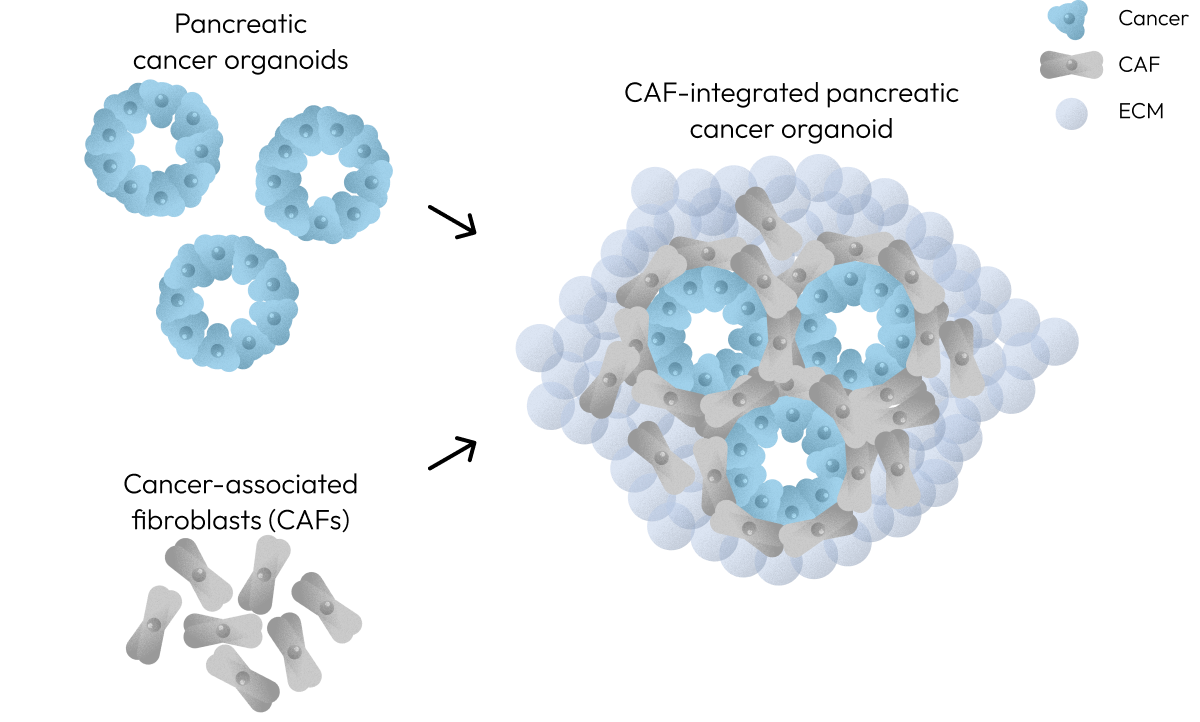
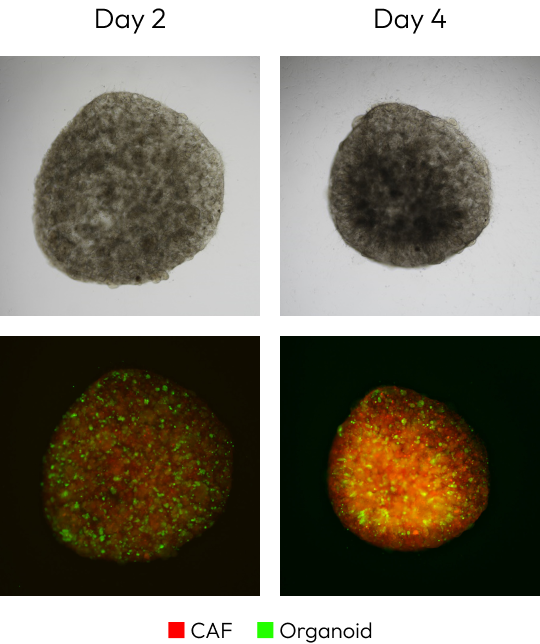

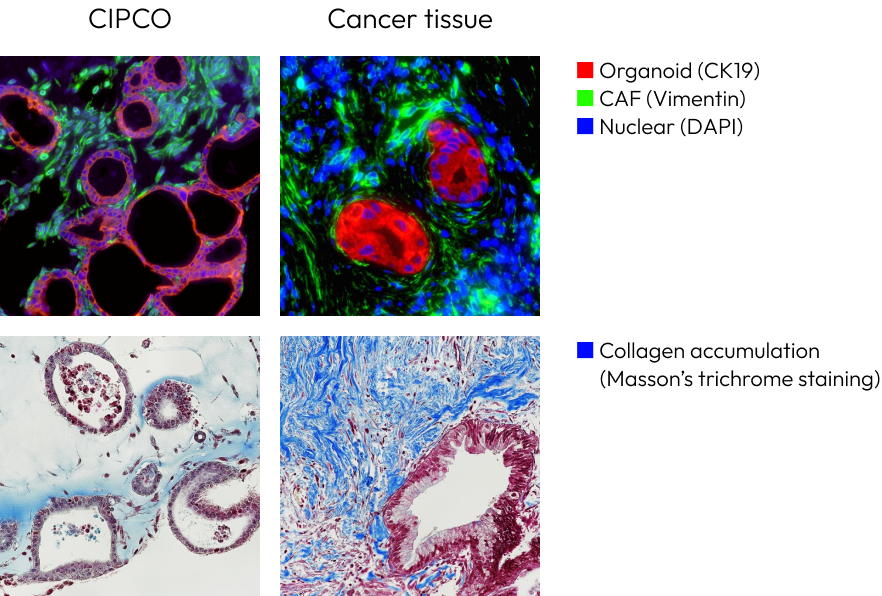
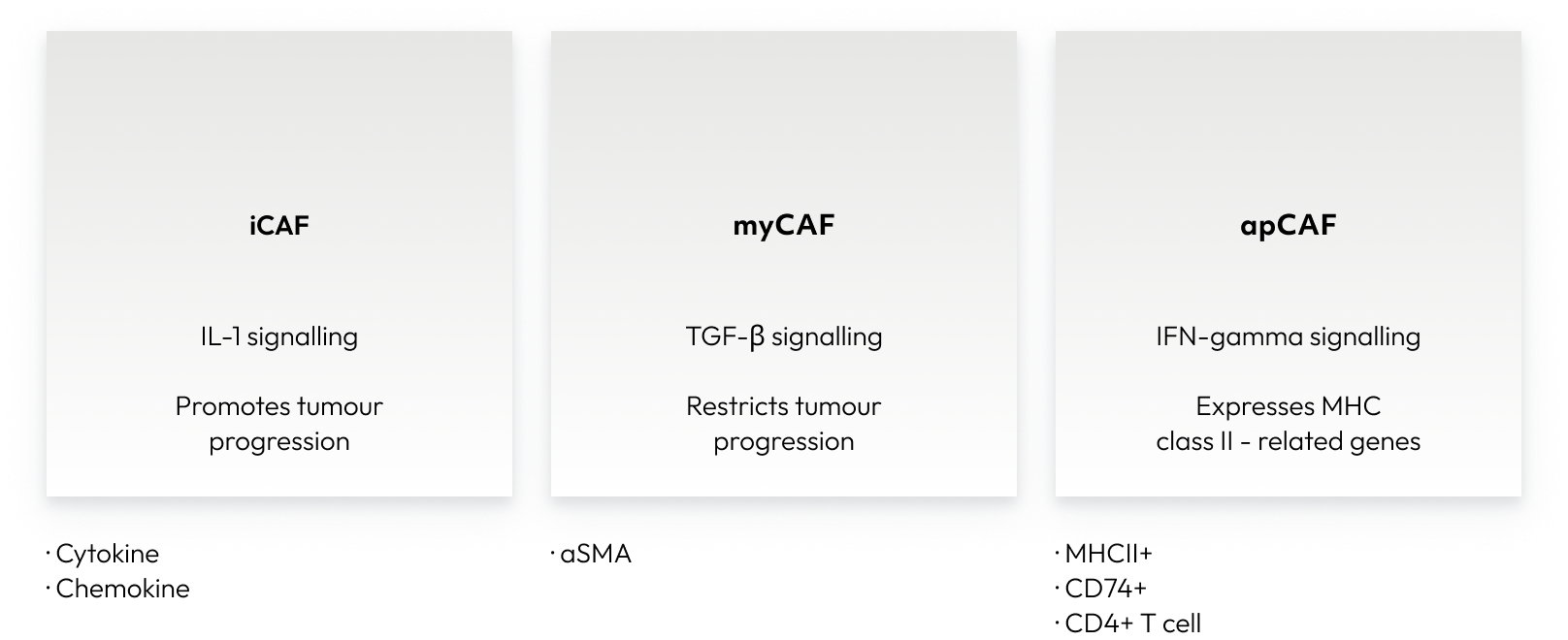
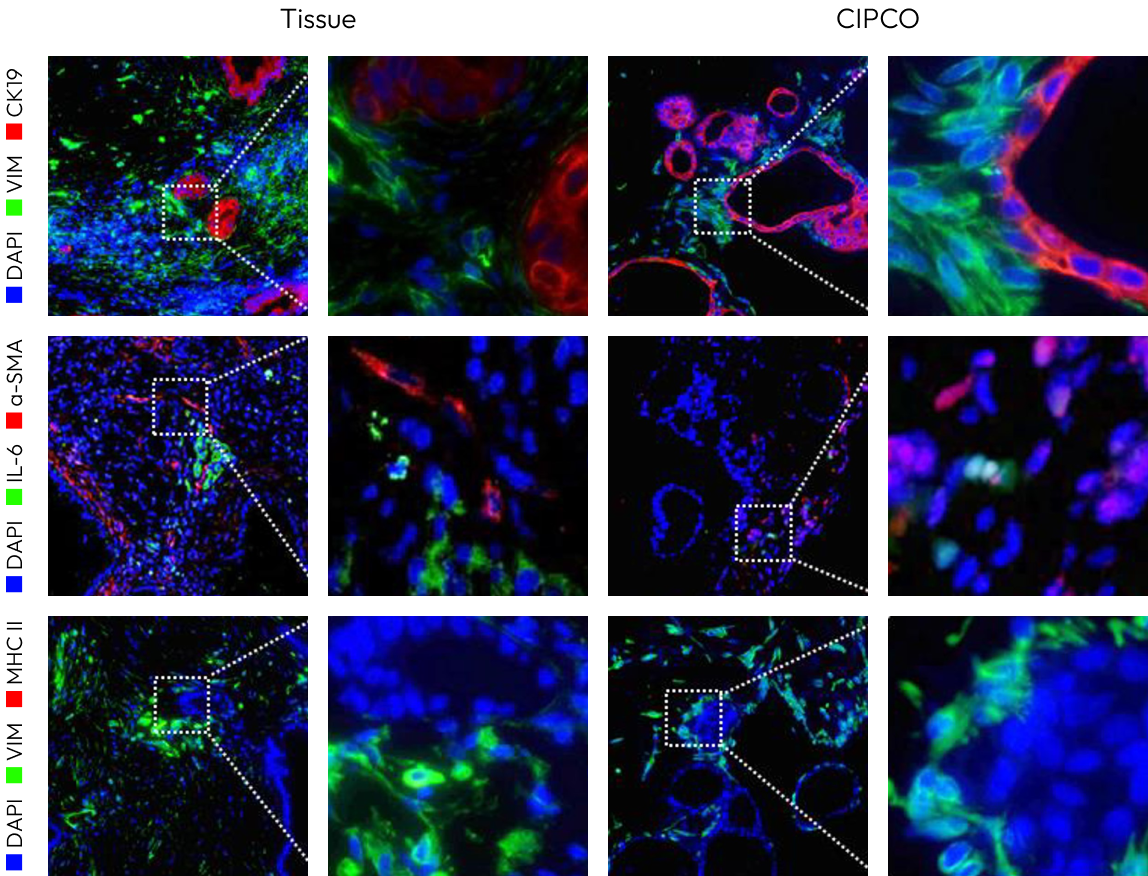
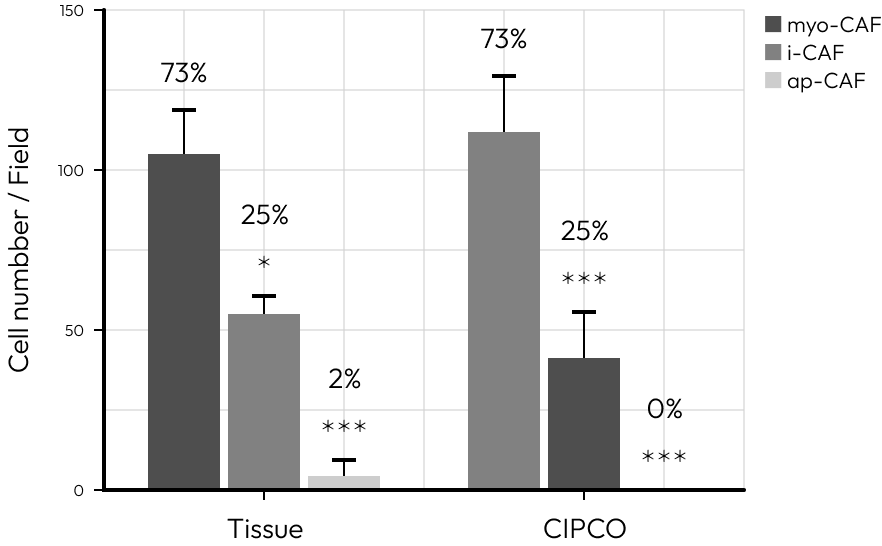
When co-administered with a drug that enhances drug permeability, Gemcitabine sensitivity is increased.
The CIPCO model recreates the physical environment surrounding cancer cells, reproducing drug permeability in patient cancer tissues.
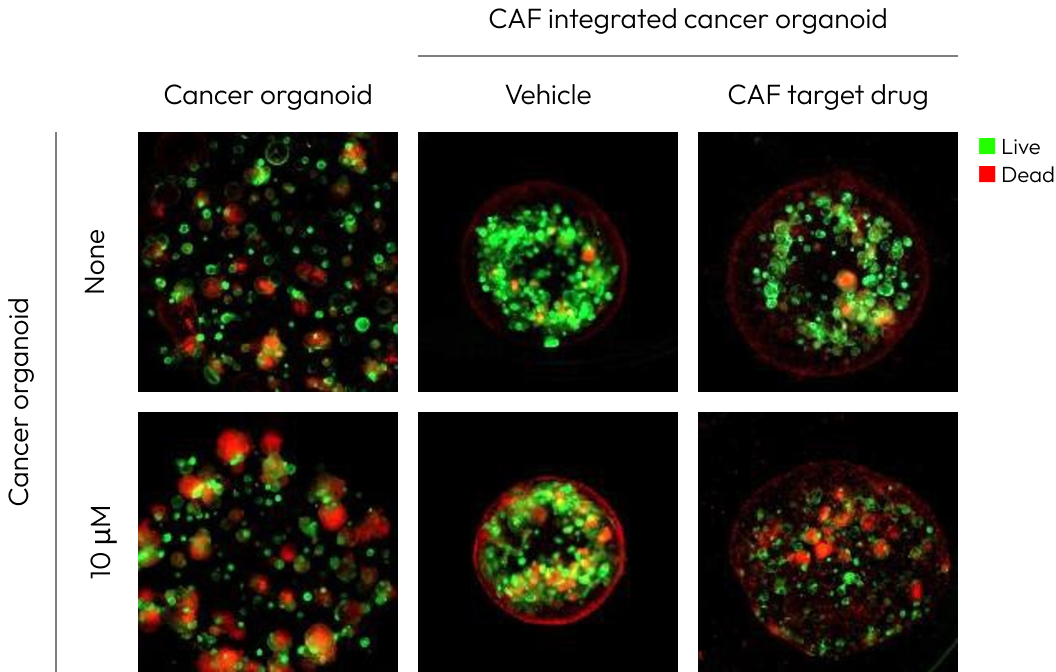
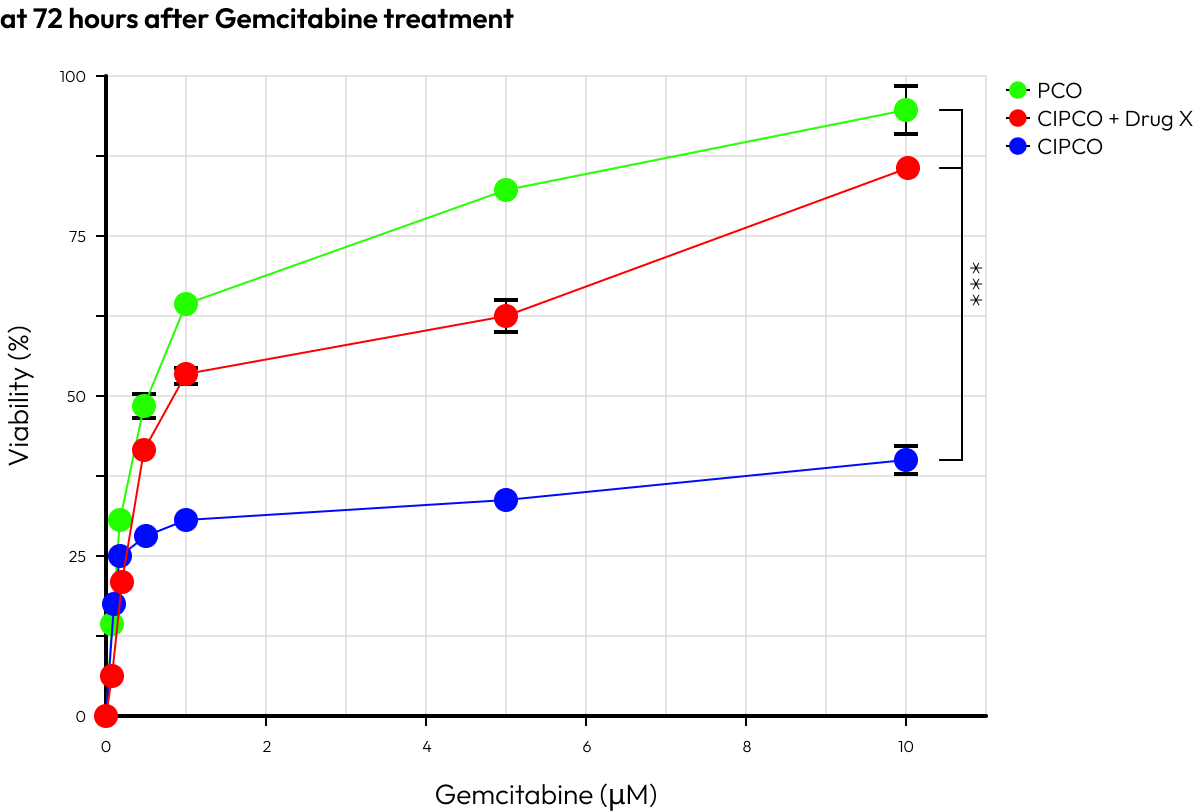
Lambda Biologics GmbH
Deutscher Platz 5 c, 04103, Leipzig, Germany
info@lambdabiologics.com